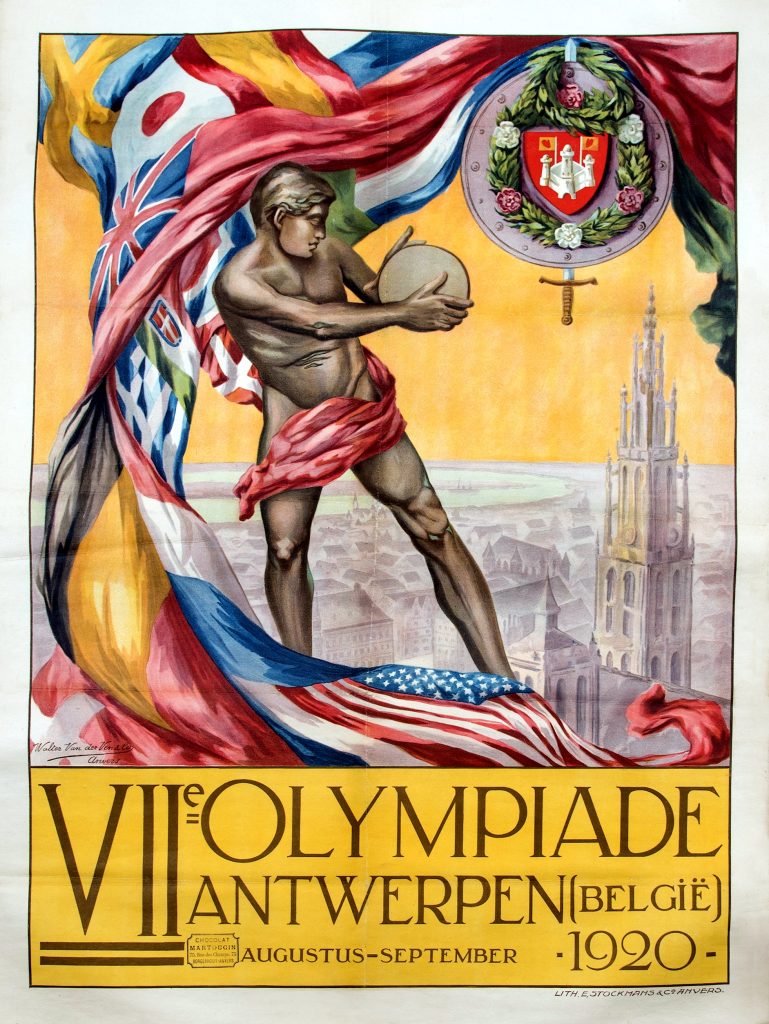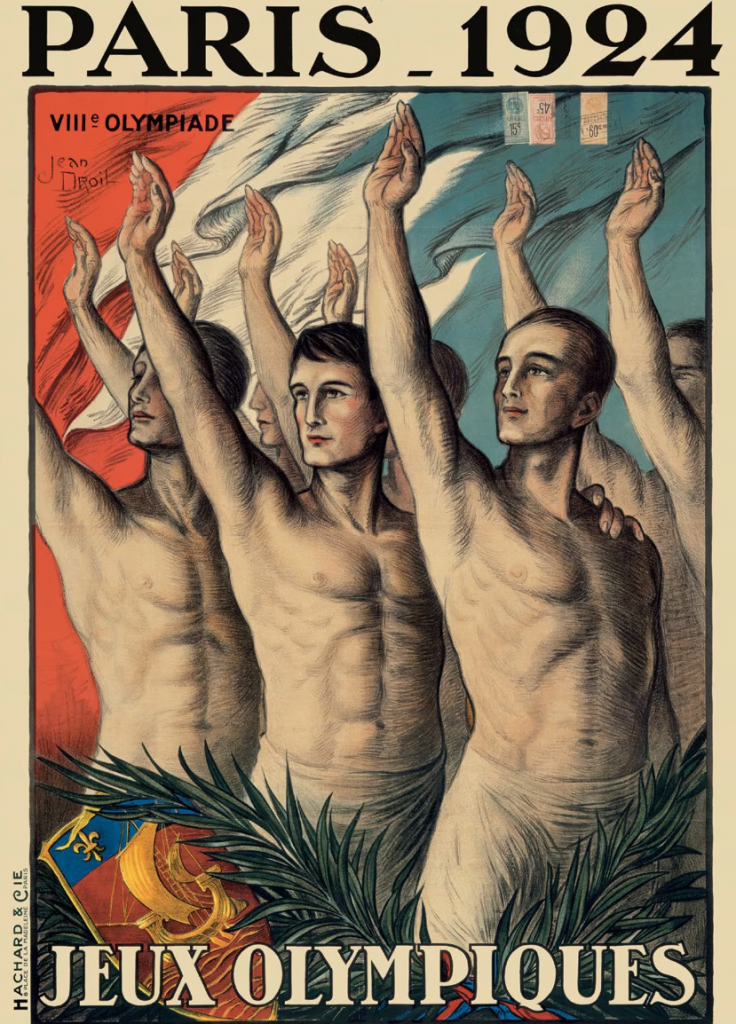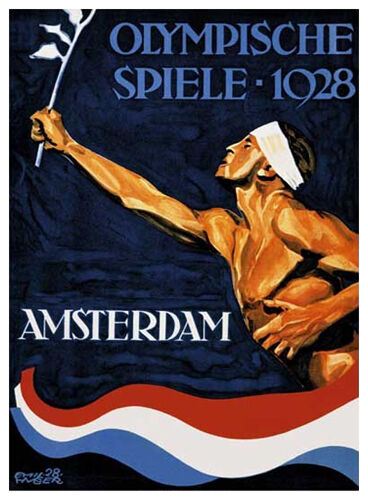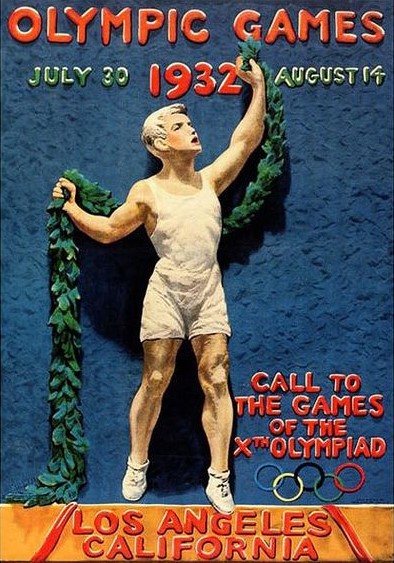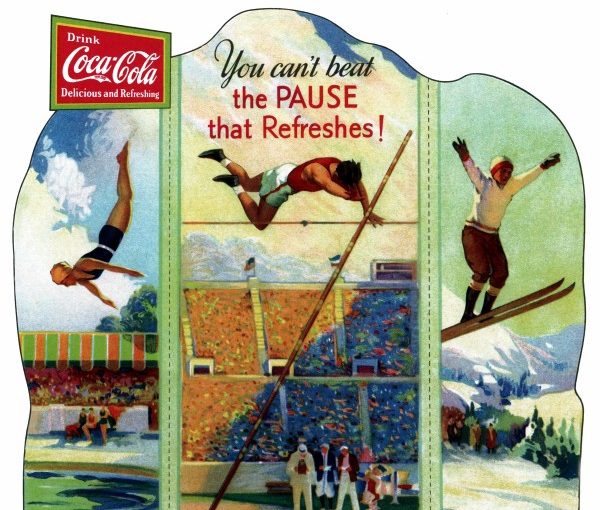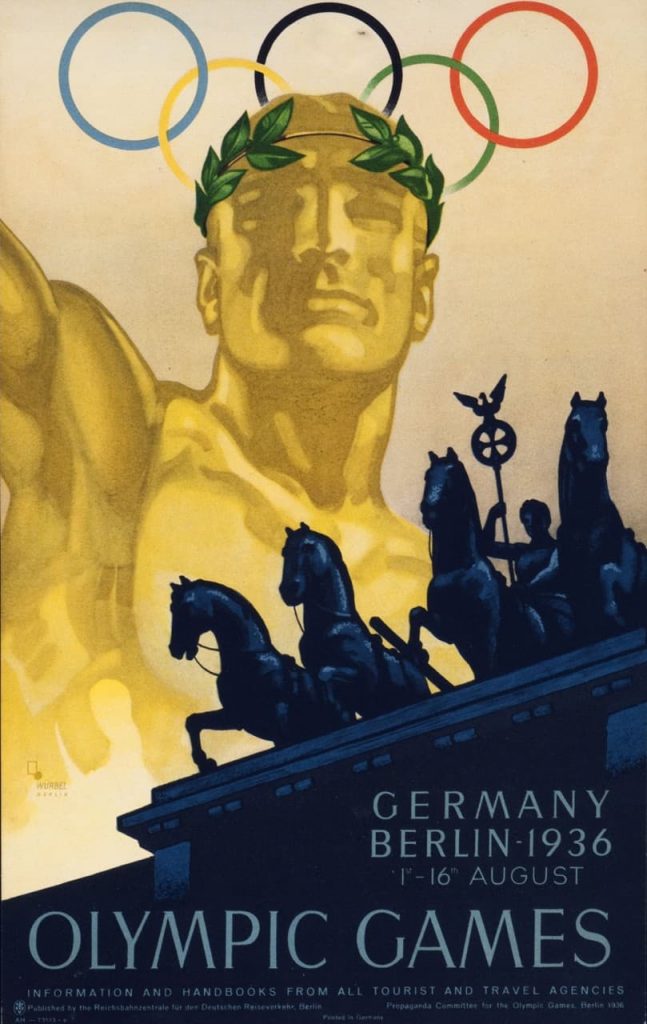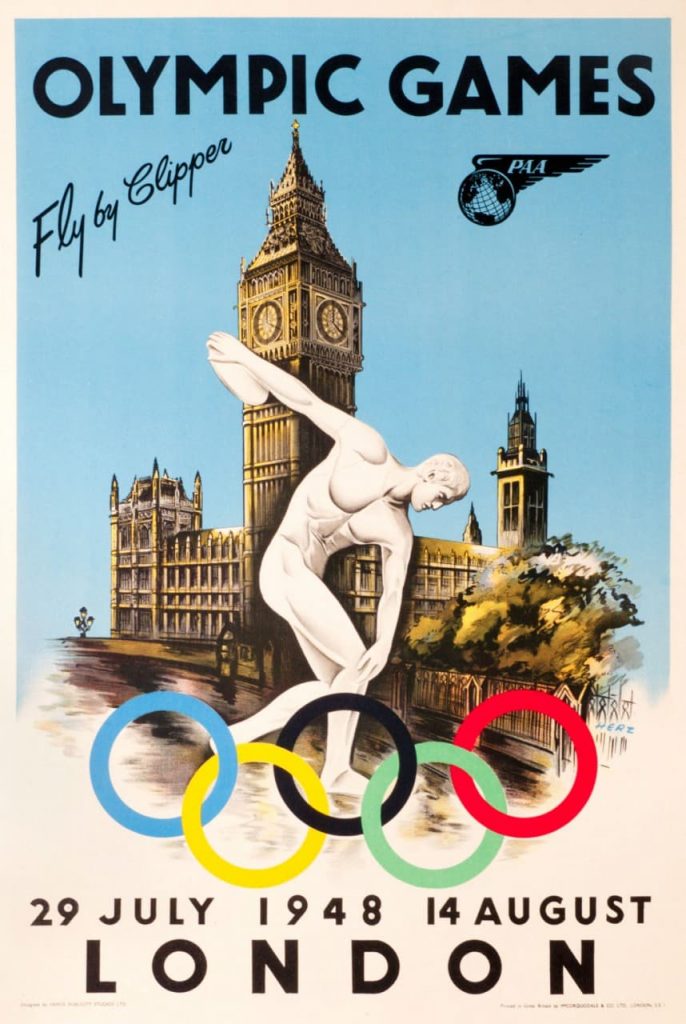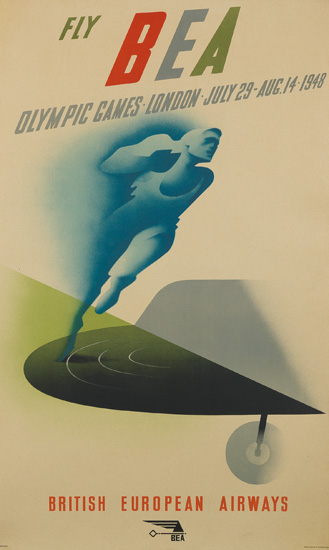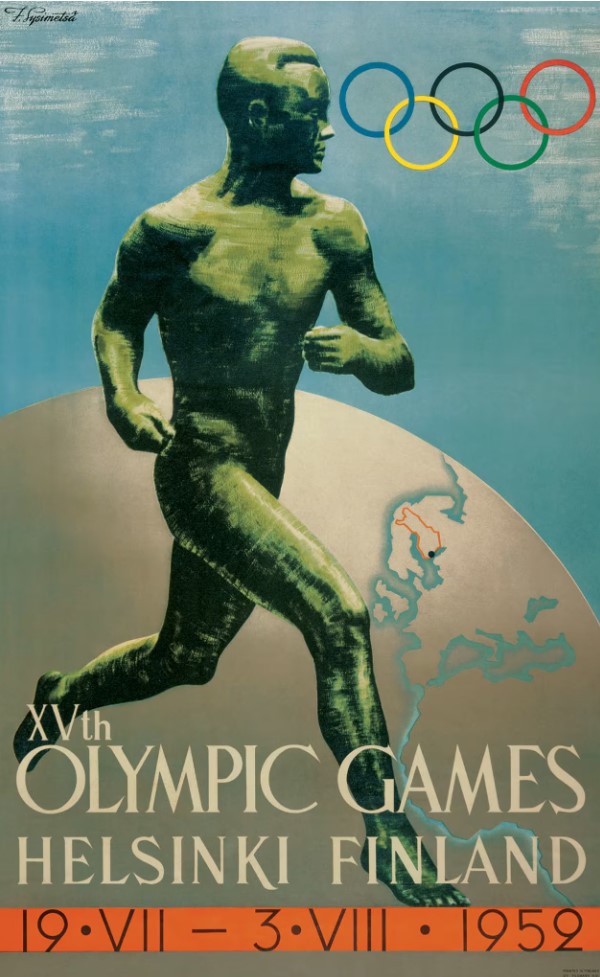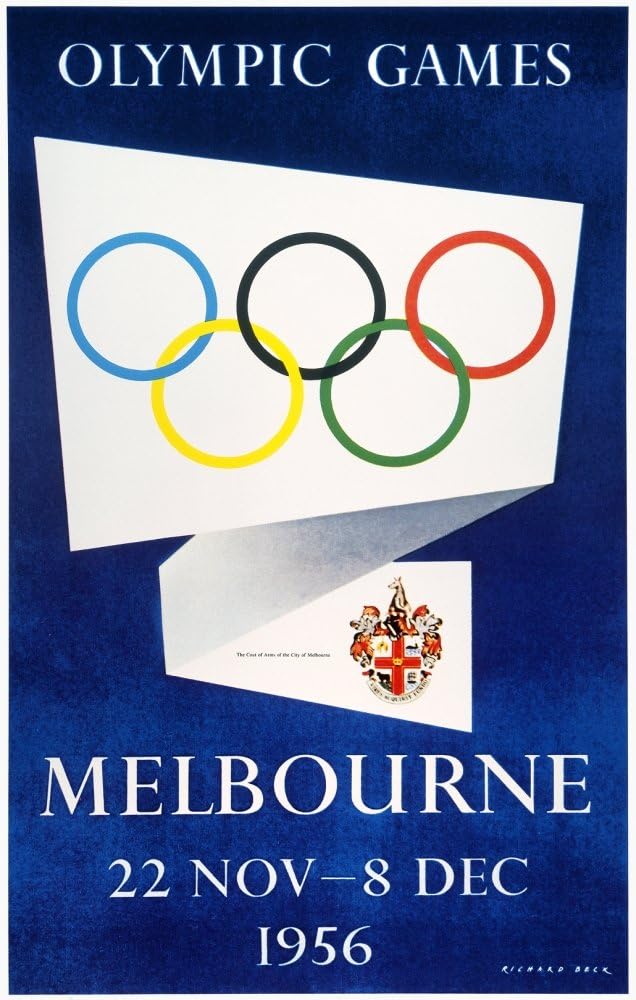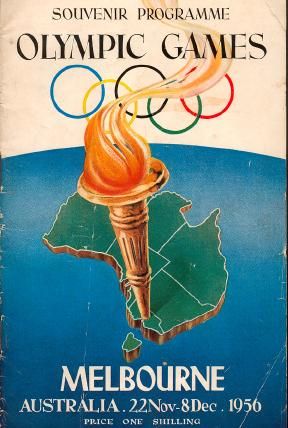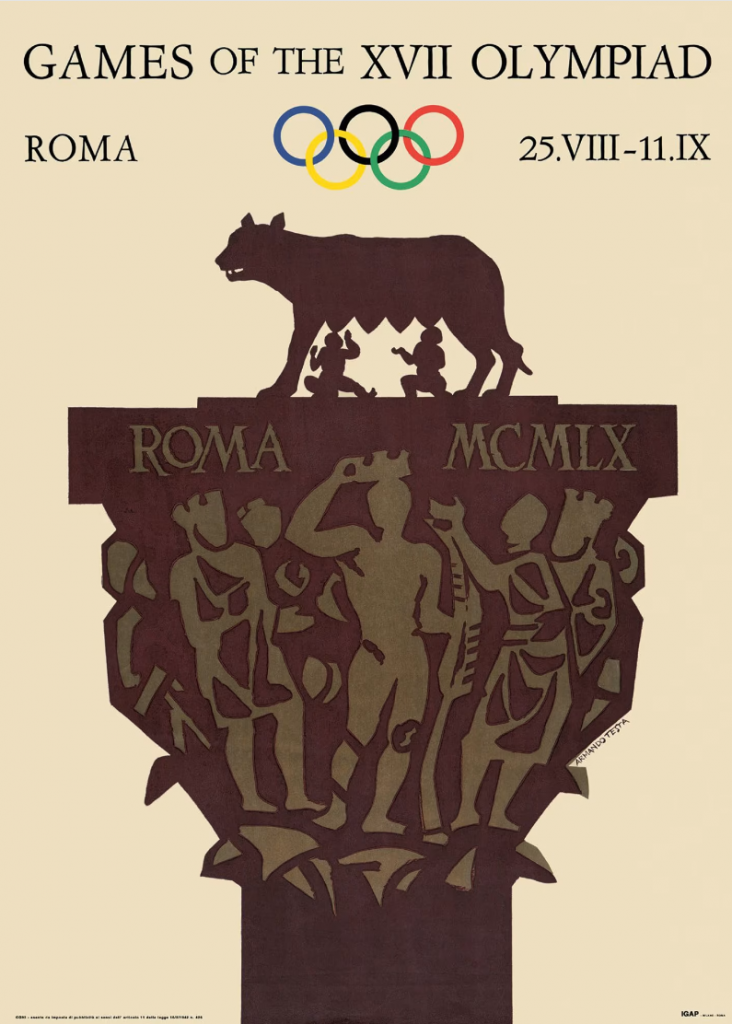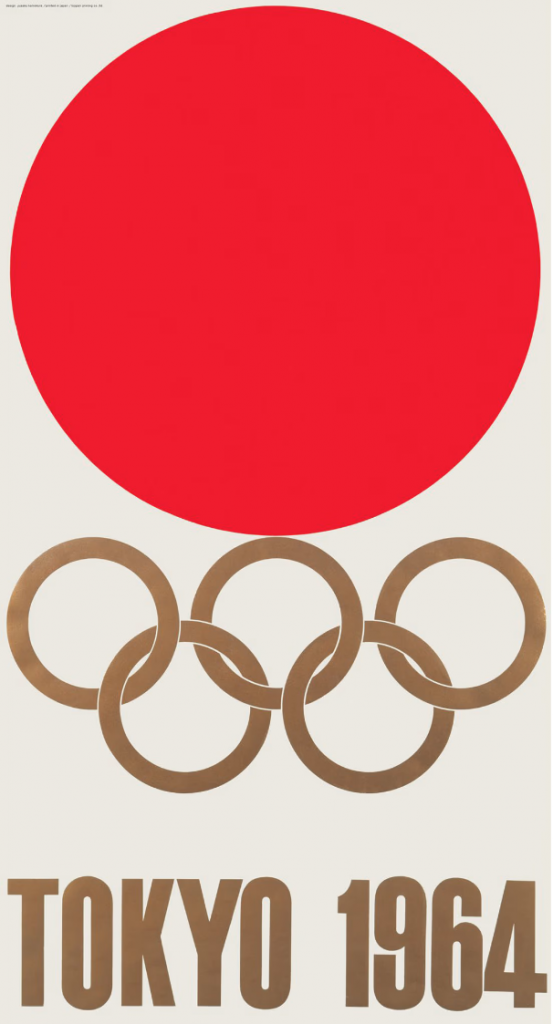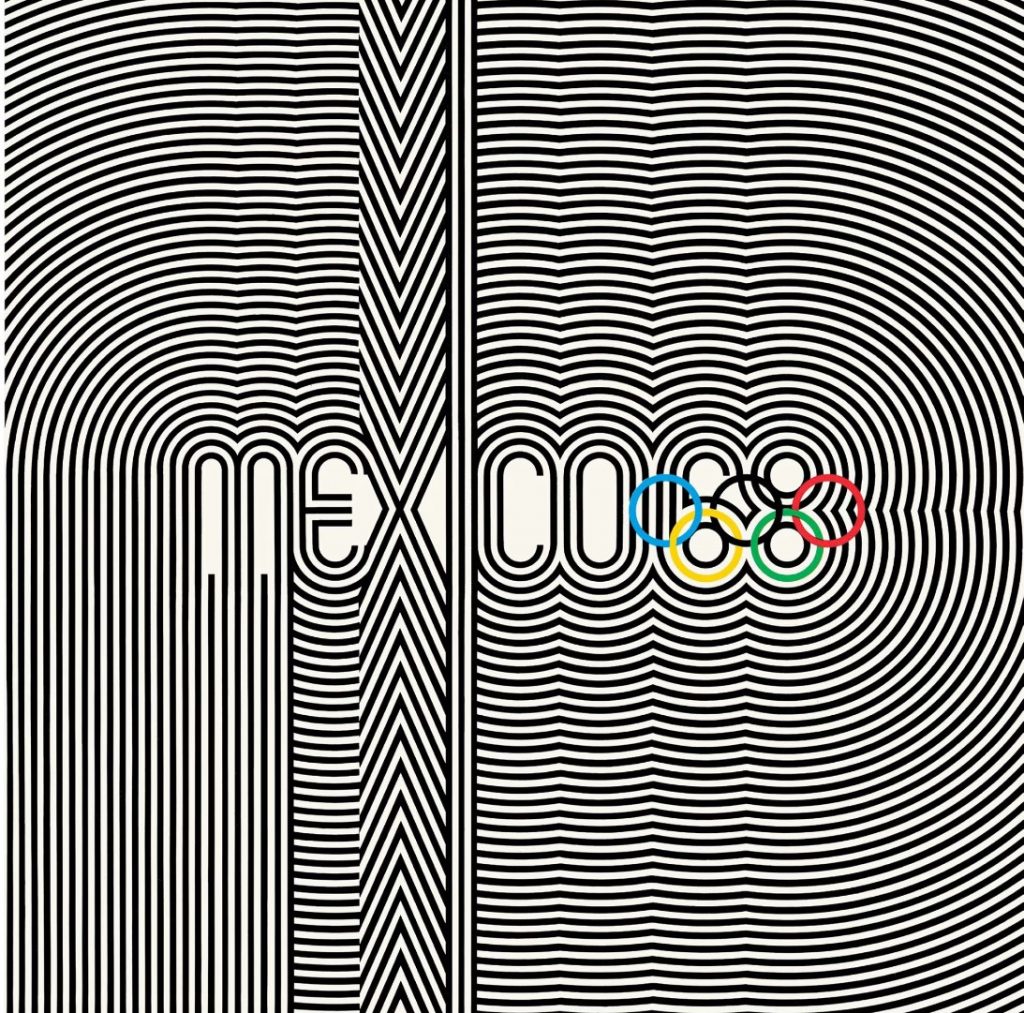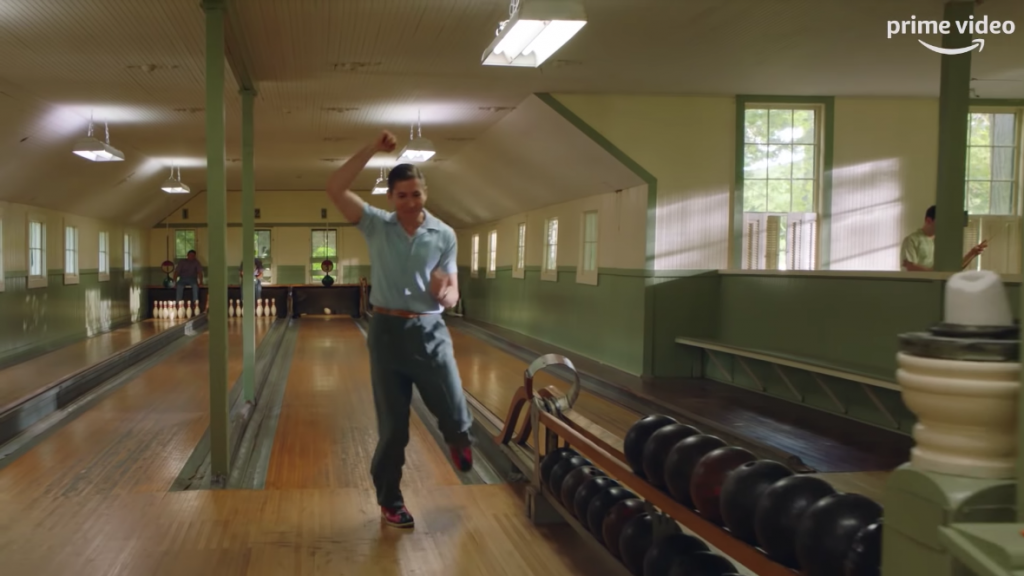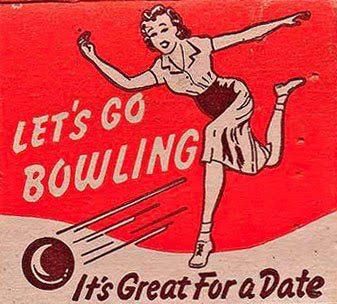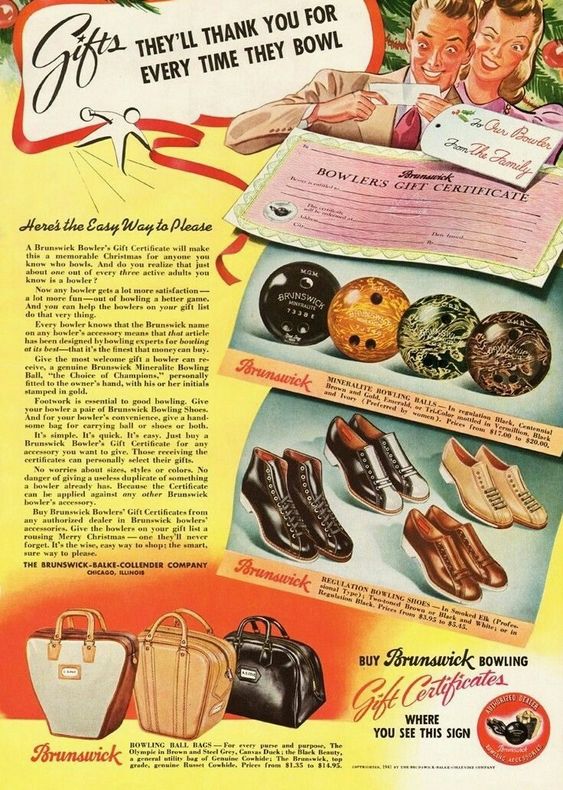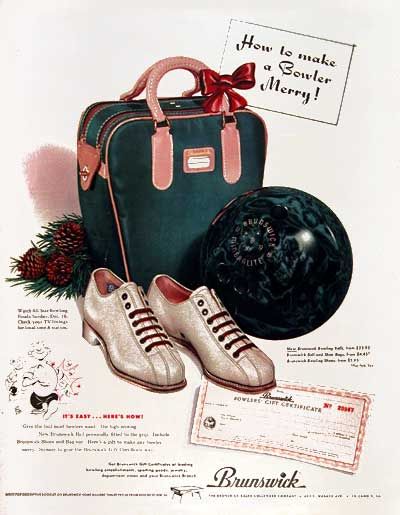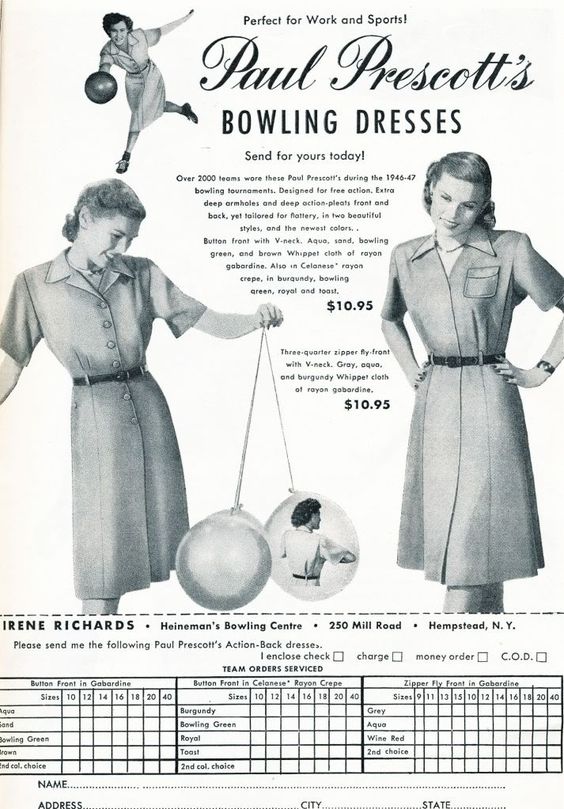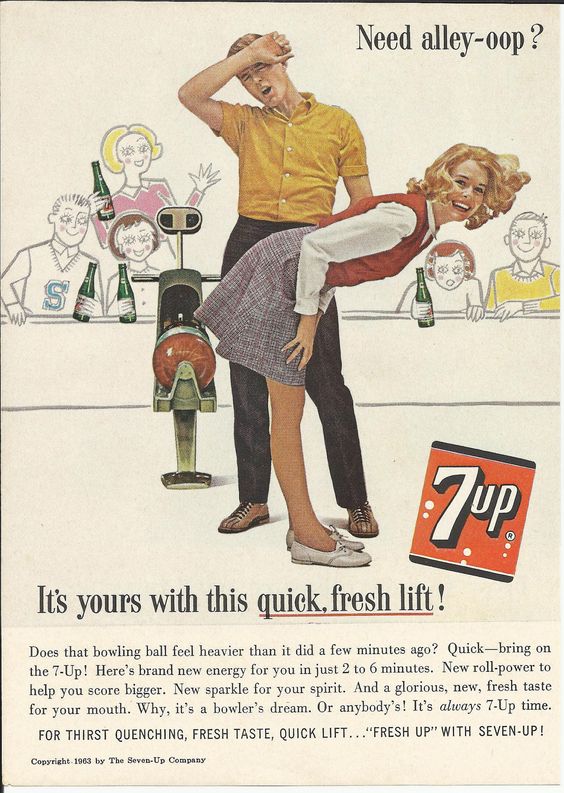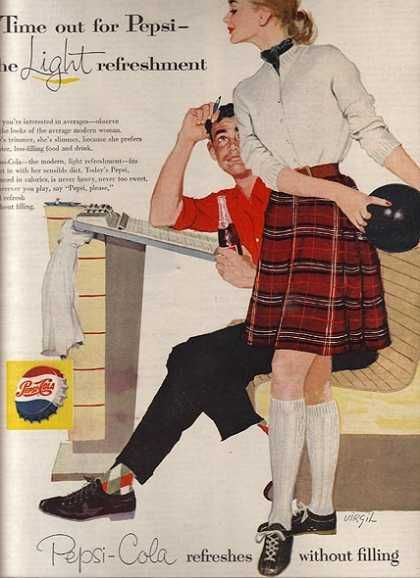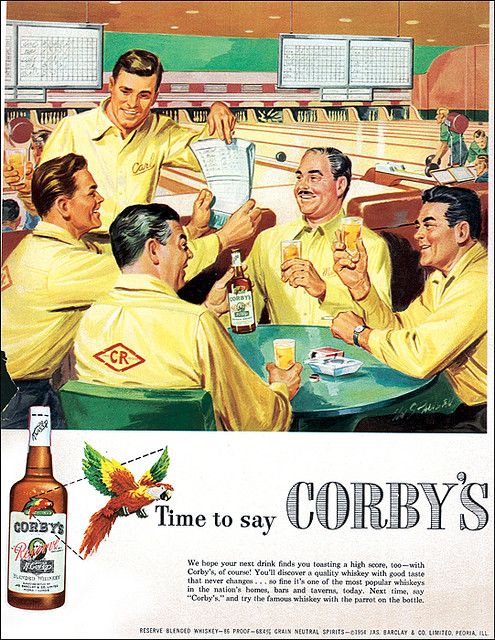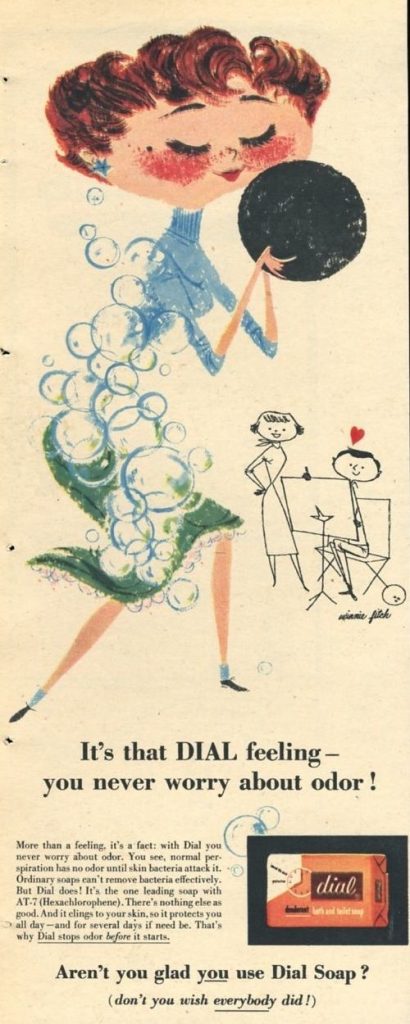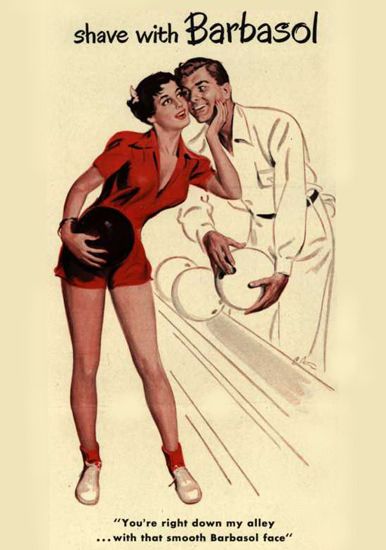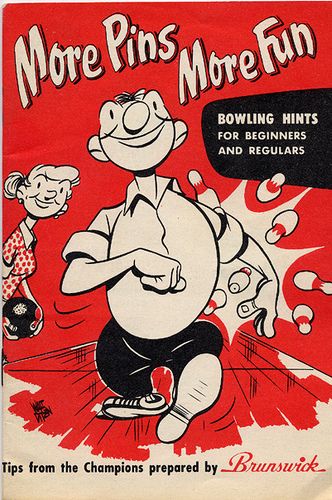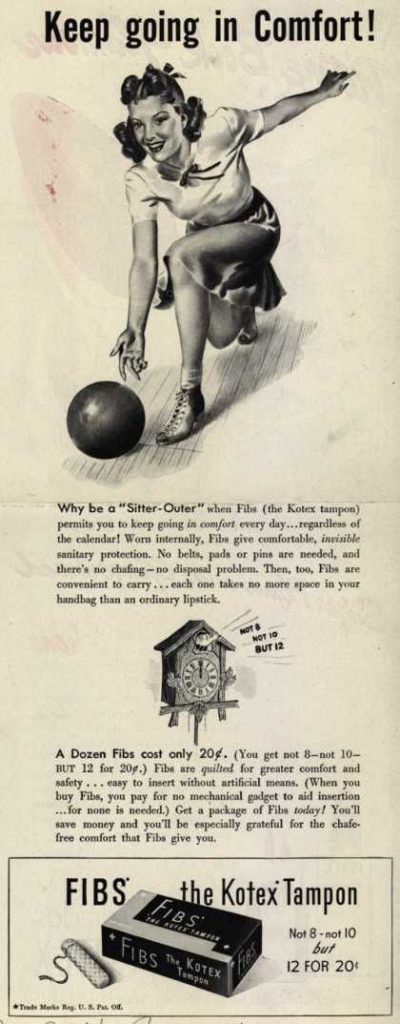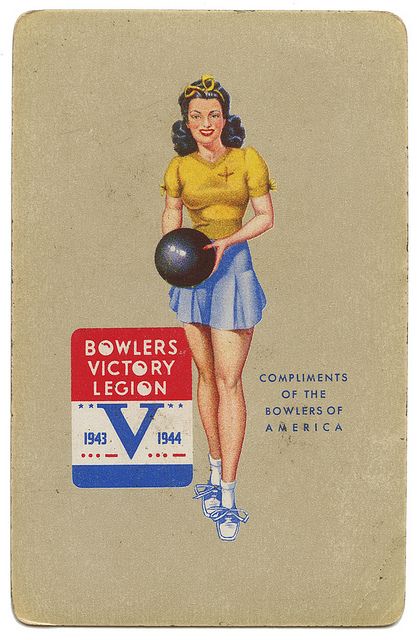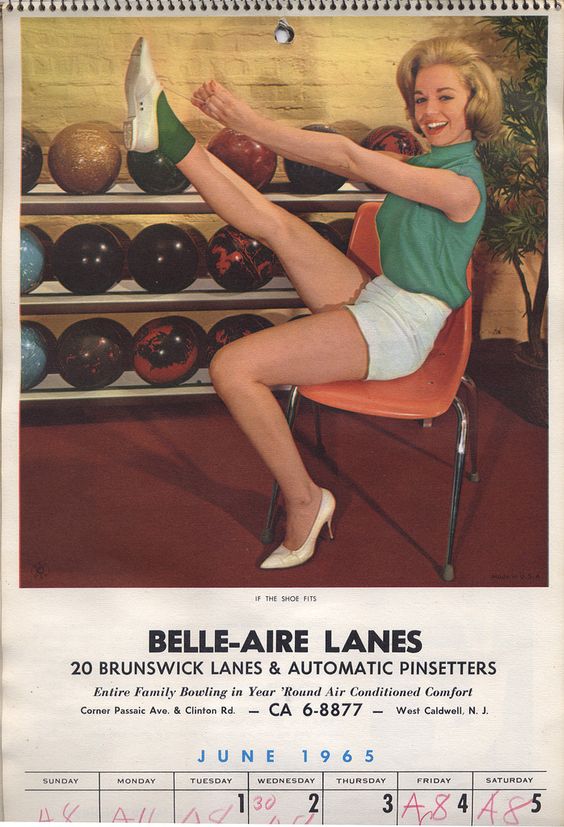Today’s post is all about 1920s-1960s Summer Olympic posters and advertisements (and the stories behind them).
These vibrant, eye-catching pieces of art not only provide a visual feast, but also offer a unique glimpse into the past. From the bold designs of the 1920s to the sleek graphics of the 1960s, get ready to be transported to Summer Olympics of the past.
Let’s begin!
1920 Antwerp Summer Olympics
The poster represents the flags of the participating nations all flying together. In the top right, the coat of arms of the organising city. In the centre, a discobolus, a reference to the Games of Antiquity. In the background, the city of Antwerp with the Tower of Notre Dame. 90,000 copies were made in 17 languages (Source).
Source: Olympics.com
1924 Paris Summer Olympics
The poster shows semi-naked athletes—a reminder of Antiquity—making the Olympic salute. In the background, the flag of the French Republic. In the foreground, palm leaves, symbols of victory (Source).
Source: Olympics.com
1928 Amsterdam Summer Olympics
Interesting Facts:
- Symbolic Fire: For the first time, a symbolic fire was lit during the Games. The fire was lit in a cauldron that was placed at the top of a tower in the stadium, which had been designed by Jan Wils, a celebrated Dutch architect.
- The number of female competitors more than doubled, as women were finally allowed to compete in gymnastics and athletics (Source).
Further Reading: 1928-Canada’s First Female Olympic Medalists
Source: Olympics.com
1932 Los Angeles Summer Olympics
The 1932 Olympic Games were held in the middle of the Great Depression and, given the transport links of the time, in the relatively remote region of California. Consequently, participation in the Games was the lowest since 1904, with only half as many athletes taking part as had in 1928. Despite this, the standard of competition was excellent (Source).
1932 Union Pacific Advertisement for the Los Angeles Summer Olympics, featuring the Discobolus of Myron [the Discuss Thrower], the personification of the athletic ideal and one of the unofficial icons of the Olympics.
![1930s vintage advertisement: 1932 Union Pacific Advertisement for the Los Angeles Summer Olympics, featuring the Discobolus of Myron [the Discuss Thrower], the personification of the athletic ideal and one of the unofficial icons of the Olympics.](https://www.vintageinn.ca/wp-content/uploads/2024/07/1932-Olympic-poster-for-the-Summer-Los-Angeles-Olympics-featuring-a-Union-Pacific-Advertisement.jpg)
Source: swanngalleries.com
Coca-Cola has been an official sponsor of the Olympic Games since the 1928 games in Amsterdam. For their 1932 summer Olympics sponsorship, the company distributed 3 million miniature cutouts of Olympic athletes with a history of Olympic records printed on the back. This ad, displayed in store windows across the Games’ host city of Los Angeles, is a larger version of the cutouts from the summer of ’32 (Source).
Source: mascola.com
1936 Berlin Summer Olympics
The Berlin Games are best remembered for Adolf Hitler’s failed attempt to use them to prove his theories of Aryan racial superiority. As it turned out, the most popular hero of the Games was the African-American sprinter and long jumper Jesse Owens, who won four gold medals in the 100m, 200m, 4x100m relay and long jump (Source).
Source: Olympics.com
The original poster for London’s 1948 games. The competitions were the first following a 12-year break during World War II, and London hosted despite rationings and a cityscape still battered from wartime bombings (Source).
Source: cntraveler.com
“Fly BEA (British European Airways) to the Olympic Games in London, July 29th-August 14th 1948.”
Source: swanngalleries.com
1952 Helsinki Summer Olympics
The poster below is the Paavo Nurmi version created for the 1940 Games, which were never held because of the Second World War. It was just updated with the dates and the lines around the countries, drawn in red on a globe in the background. 82,000 large format copies were made in nine languages and 33,000 small format copies in 20 languages (Source).
Source: Olympics.com
1956 Melbourne Summer Olympics
The poster is in the form of an invitation card folded three times. On the first flap, the Olympic rings, in the background of the third flap, the arms of the city of Melbourne (Source).
Interesting Fact: Melbourne won the right to host the 1956 Olympic Games by one vote over Buenos Aires.
Source: Olympics.com
1956 Melbourne Olympic Games Souvenir Programme.
Source: vrwc.org.au
1960 Rome Summer Olympics
The poster was the result of a competition in which some 212 artists participated. It is made up of a Roman she-wolf, from which Remus and Romulus, founders of the city of Rome, are suckling, on top of a column. Underneath, a victorious athlete being crowned in accordance with Roman custom, surrounded by people dressed in togas cheering him (Source).
Source: Olympics.com
1964 Tokyo Summer Olympics
The poster recalls the official emblem, composed of the Olympic rings superimposed on the emblem of the Japanese national flag, representing the rising sun. There was a total of four official posters, all designed by Yusaku Kamekura. They were all made by photoengraving using several colours, highlighting the technology of the Japanese printing industry. The posters themselves received a number of prizes for their excellence, including the Milan Prize for poster graphics (Source).
Interesting Fact:
The 1964 Tokyo Games were the first to be held in Asia. The carrier of the flame, Yoshinori Sakai, was chosen because he was born on 6 August 1945, the day the atomic bomb exploded in Hiroshima, in homage to the victims and as a call for world peace (Source).
Source: Olympics.com
1968 Mexico City Summer Olympics.
The series of posters for these Games came from the collaboration of three artists: Pedro Ramirez Vazquez, architect and President of the Organising Committee for the Games, Eduardo Terrazas (MEX) and Lance Wyman (USA) who designed the “Mexico 68” logo. They then developed it to create the black and white poster, which recalls the patterns of the Huichol (Source).
Interesting Fact:
The choice of Mexico City to host the 1968 Olympic Games proved to be a controversial one because of the city’s high altitude above sea level: 2,300m. It was the first times the Games had taken place in Latin America, and the altitude proved an advantage in the events which needed a brief, but intense effort, such as short-distance running (up to 800m), jumping, throwing and weightlifting. But the rarefied air proved disastrous for those competing in endurance events that lasted longer than two minutes, such as long-distance and middle-distance running, swimming and cycling (Source).
Source: Olympics.com
I hope you enjoyed this Olympic sized post. Please share in the comments section what your favourite poster was and anything else you wish to share on this topic.
Further Reading:
Thanks for dropping by!
Liz


